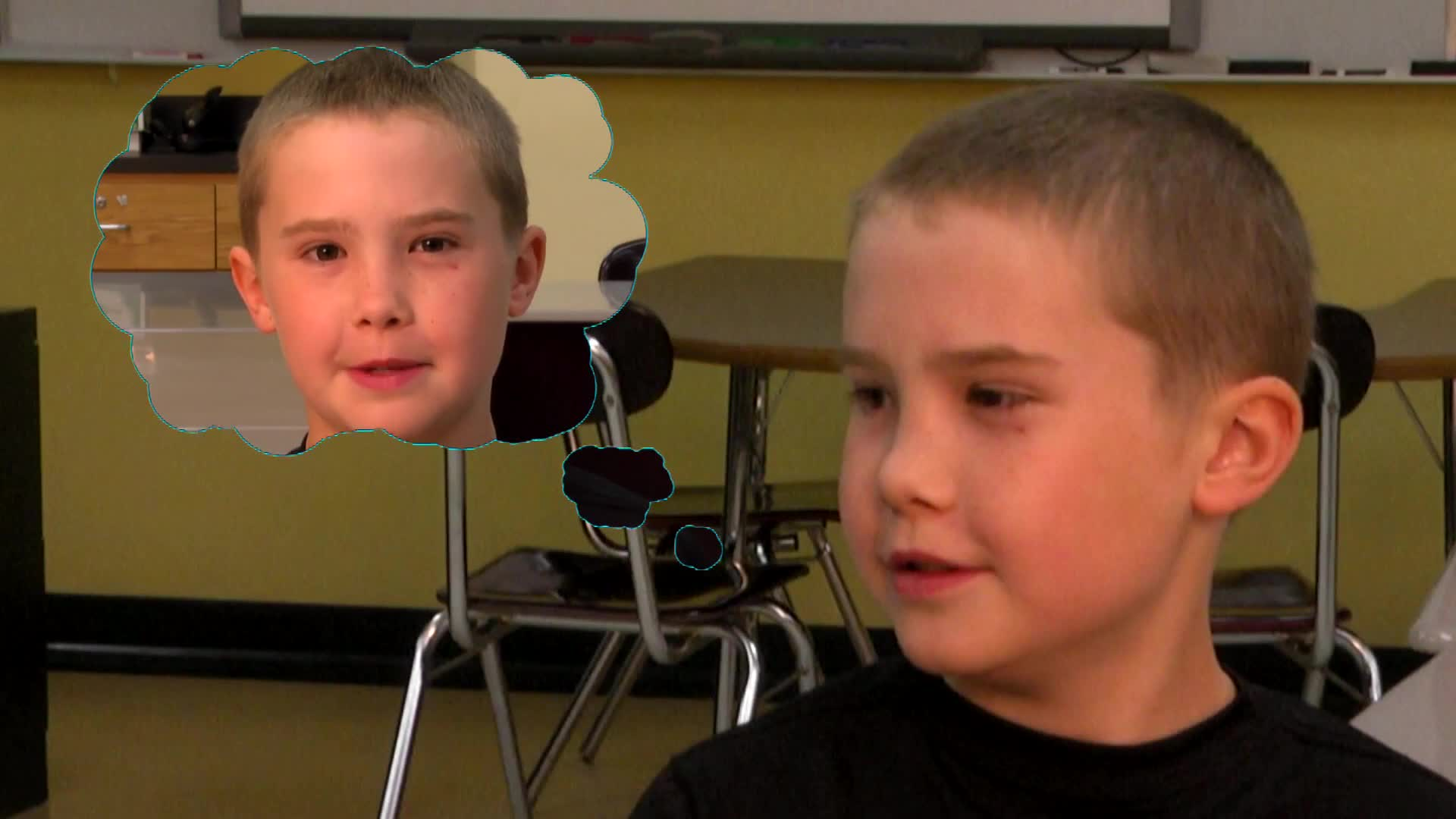
Introduction
Eye contact plays a significant role in social-emotional learning and effective communication. It helps convey interest, attention, and respect during conversations. For elementary students, developing this skill is crucial, as it fosters better interactions and understanding. This blog post will discuss the importance of eye contact and provide a no-prep activity, discussion questions, and related skills to help educators teach this essential skill to their students.
No-Prep Activity: “Look and Listen”
This simple activity requires no preparation or materials from the educator. It’s designed to help students practice making eye contact while speaking and listening.
- Ask students to find a partner and sit facing each other.
- Explain that they will take turns sharing something about themselves, such as their favorite hobby or a memorable experience.
- While one student speaks, the other should practice making eye contact, demonstrating they are listening and interested.
- After a minute or two, have the partners switch roles.
- Once both partners have had a chance to share and practice eye contact, bring the class back together for a group discussion.
This activity not only helps students practice making eye contact but also encourages active listening and fosters a sense of connection between peers.
Discussion Questions
Use the following questions to stimulate further discussion and reflection on the importance of eye contact:
- Why is eye contact important during a conversation?
- How does making eye contact help you show that you’re listening and interested in what someone is saying?
- Can you think of a time when you felt someone wasn’t listening to you because they weren’t making eye contact? How did that make you feel?
- What are some situations where making eye contact might be especially important?
- How can we practice making eye contact in our daily lives?
Related Skills
Eye contact is just one aspect of effective communication and social-emotional learning. Here are some other related skills that can help students build stronger connections and improve their interactions:
- Active Listening: This involves not only making eye contact but also using verbal and non-verbal cues to show that you’re paying attention to the speaker.
- Empathy: Understanding and sharing the feelings of others can help students become more compassionate and supportive communicators.
- Body Language: Non-verbal communication, such as facial expressions and gestures, can provide additional context and meaning during conversations.
- Assertiveness: Teaching students to express their thoughts and feelings openly and respectfully can help them build more positive relationships.
Next Steps
Developing strong eye contact skills is essential for effective communication and social-emotional learning. By incorporating the “Look and Listen” activity, discussion questions, and related skills into your lessons, you can help students build this critical skill and improve their interactions with others.
To explore more activities and resources designed to support social-emotional learning, sign up for free sample materials at Everyday Speech. You’ll find a wealth of engaging, practical tools to help your students develop essential communication skills and foster meaningful connections.

